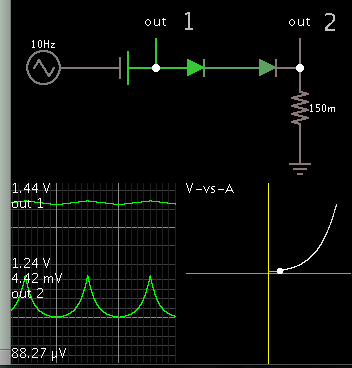jitu_kumar
Newbie level 6

Hello everyone ;
I have a problem in root square summation of adxl335 accelerometer output pin.
accelerometer out put pin is x,y,z axis pin than i want to
using circuit and after i want to read R pin of circuit using adc ..
if you have any solution and circuit than plz send me..
I have a problem in root square summation of adxl335 accelerometer output pin.
accelerometer out put pin is x,y,z axis pin than i want to
Code:
R(out)=√(x[SUP]2[/SUP]+y[SUP]2[/SUP]+z[SUP]2[/SUP])if you have any solution and circuit than plz send me..
Last edited by a moderator:




